The Bourbon Iron Works
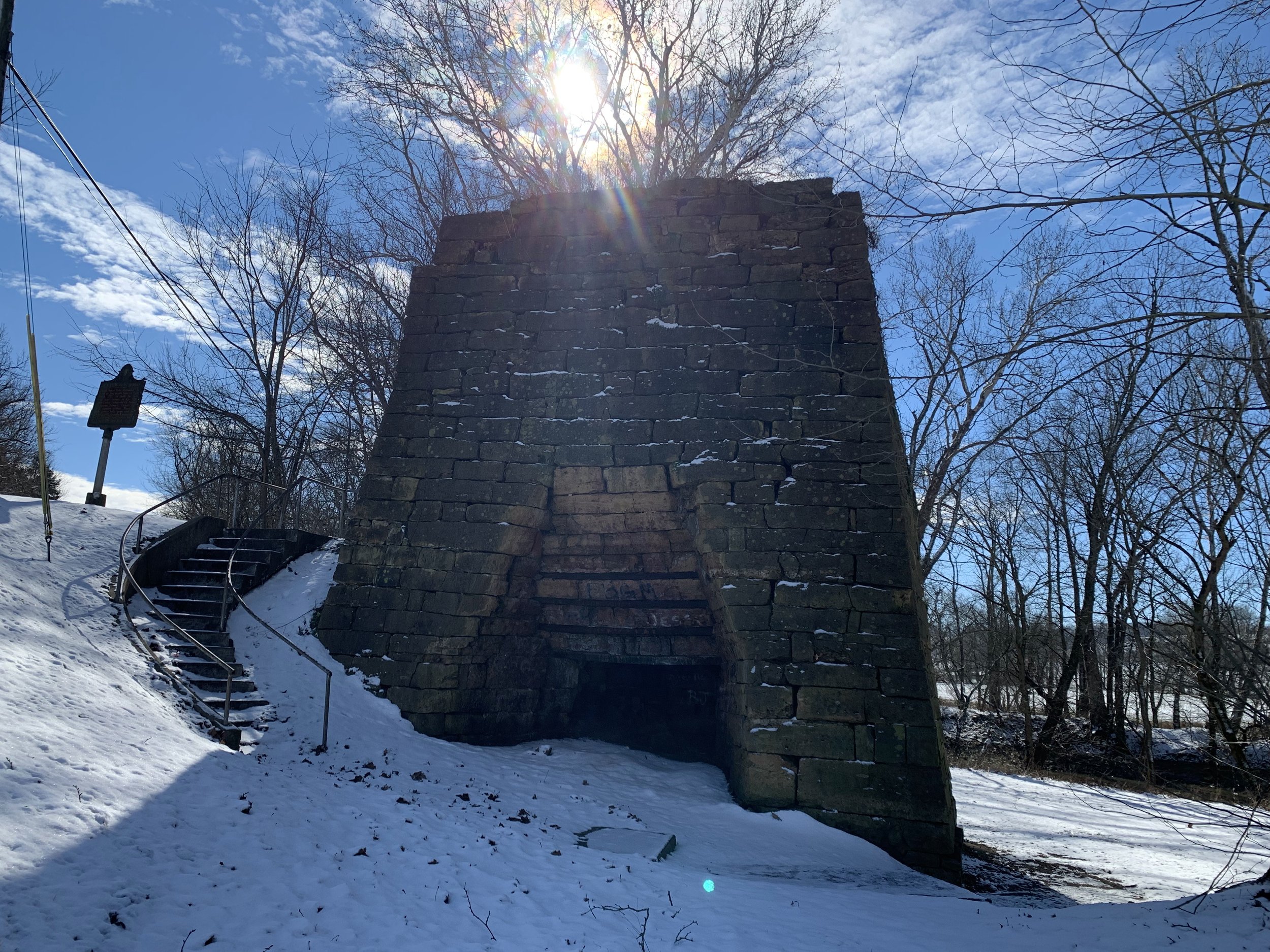
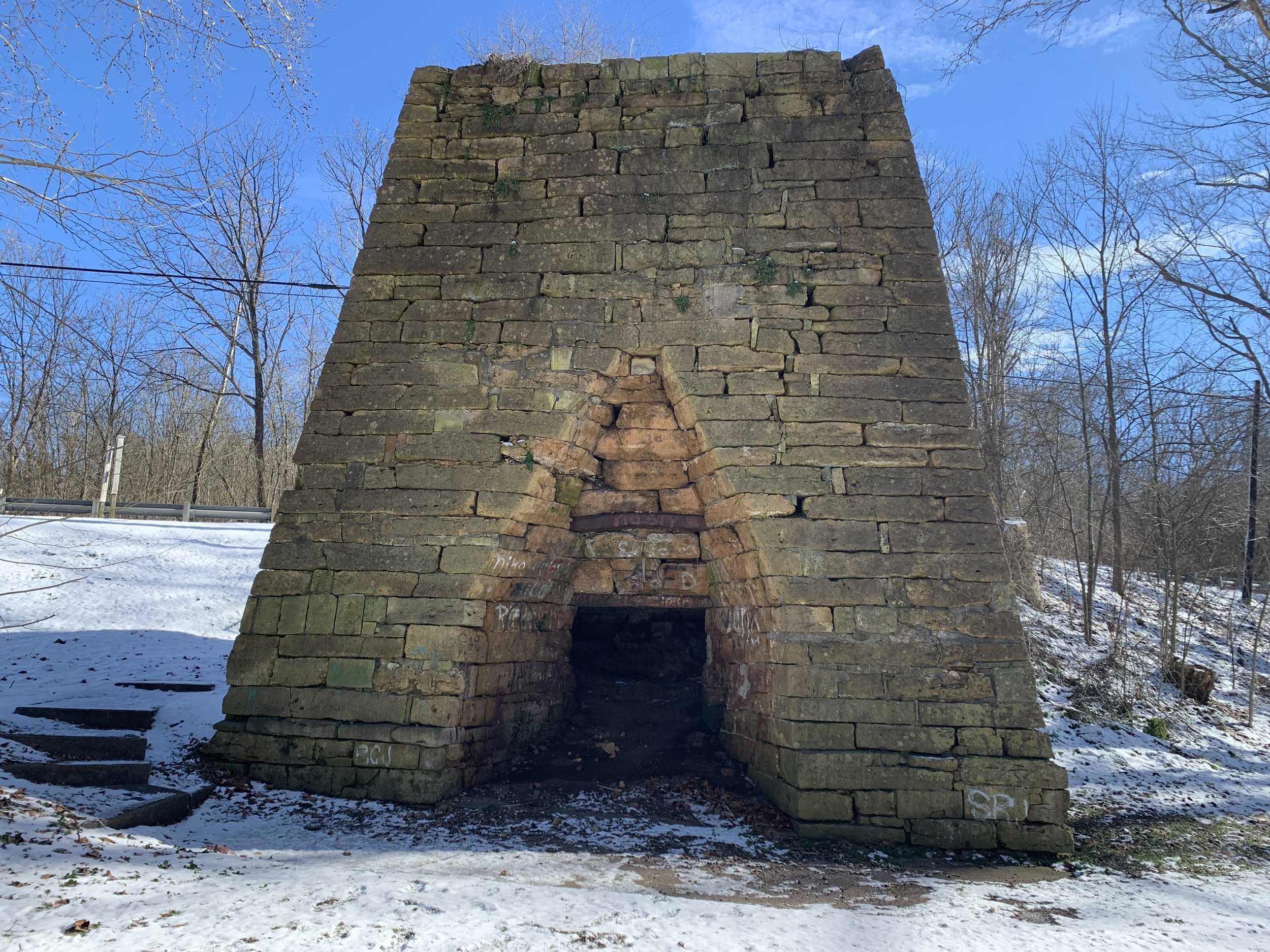

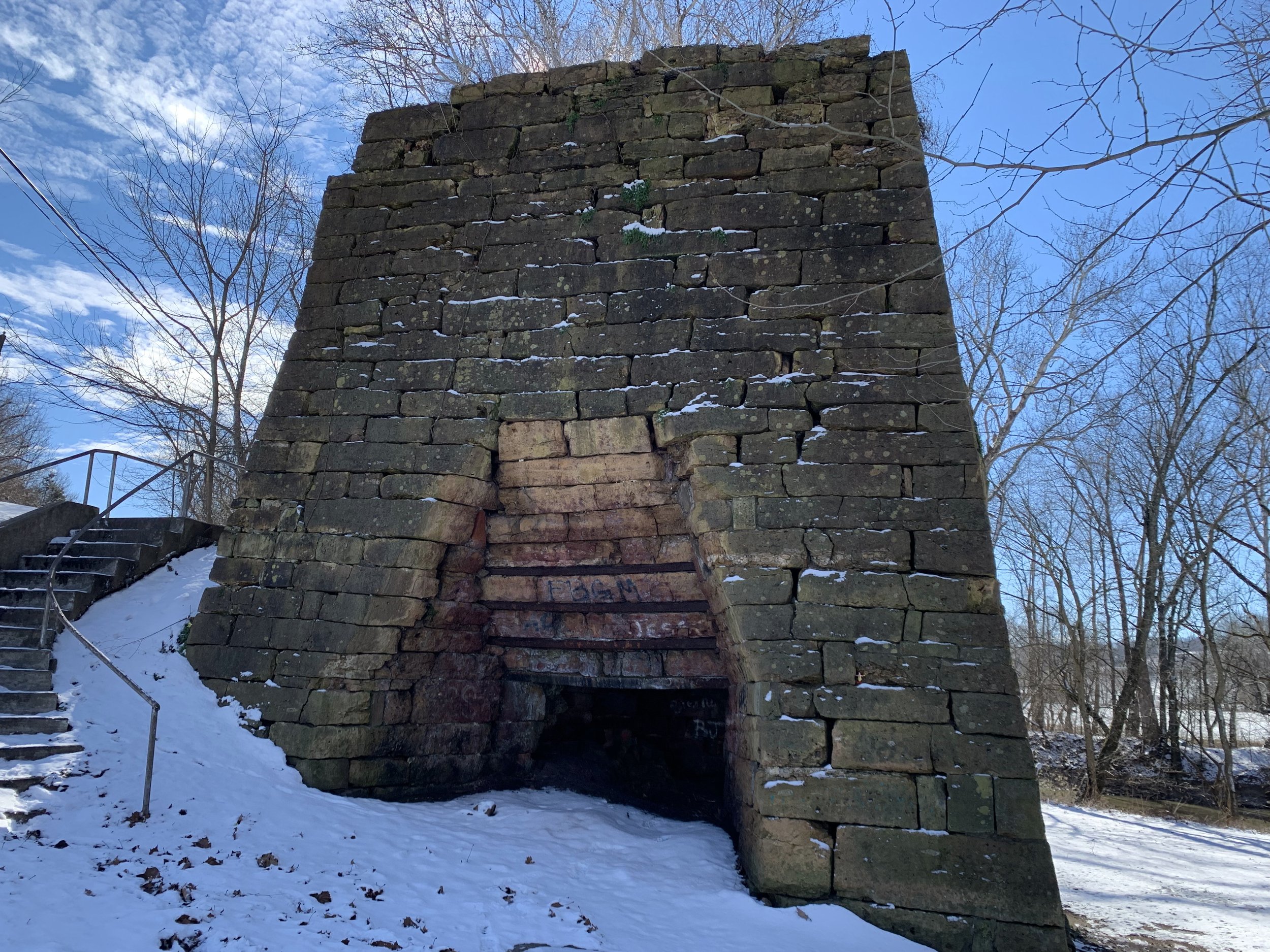

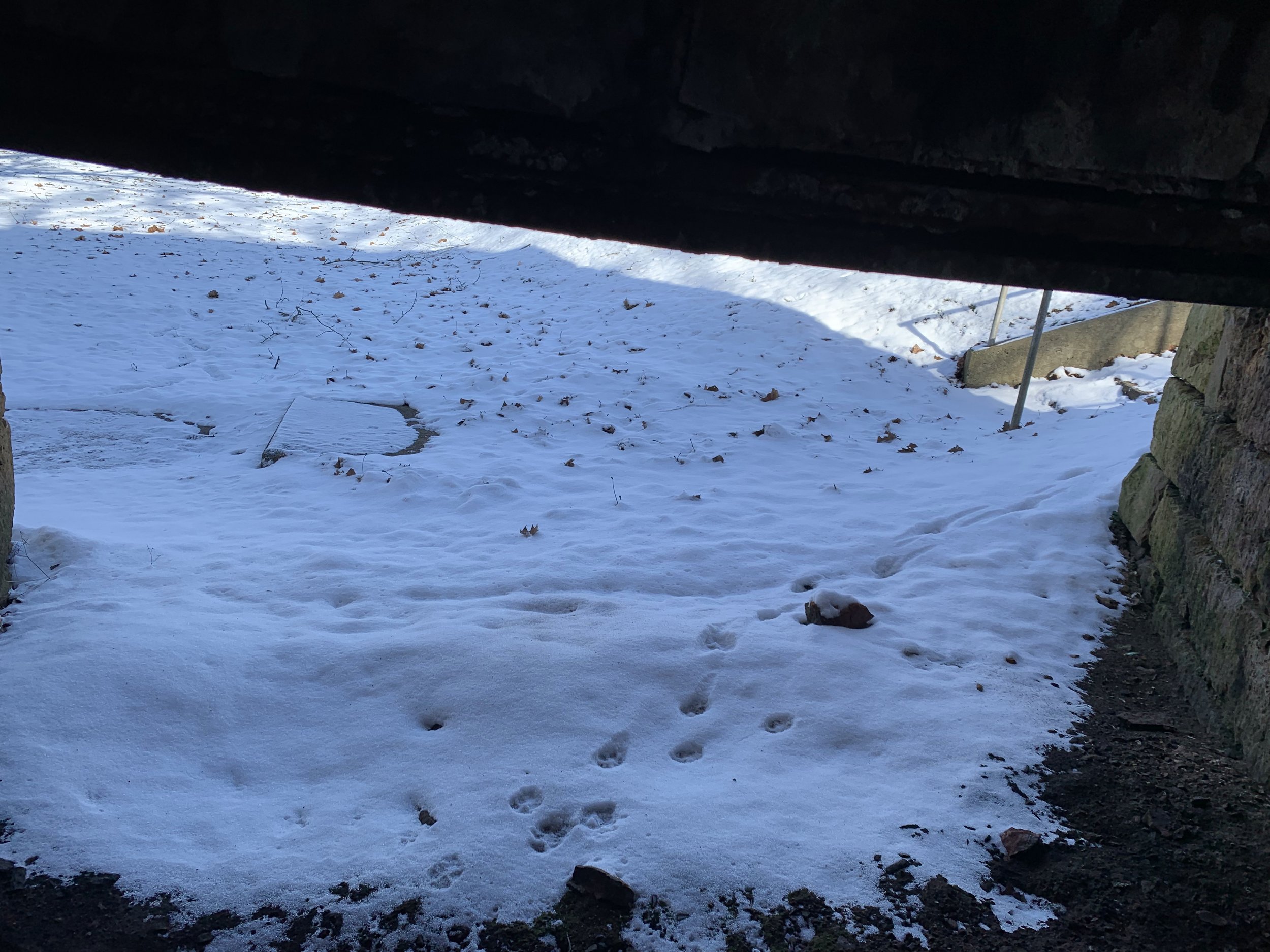
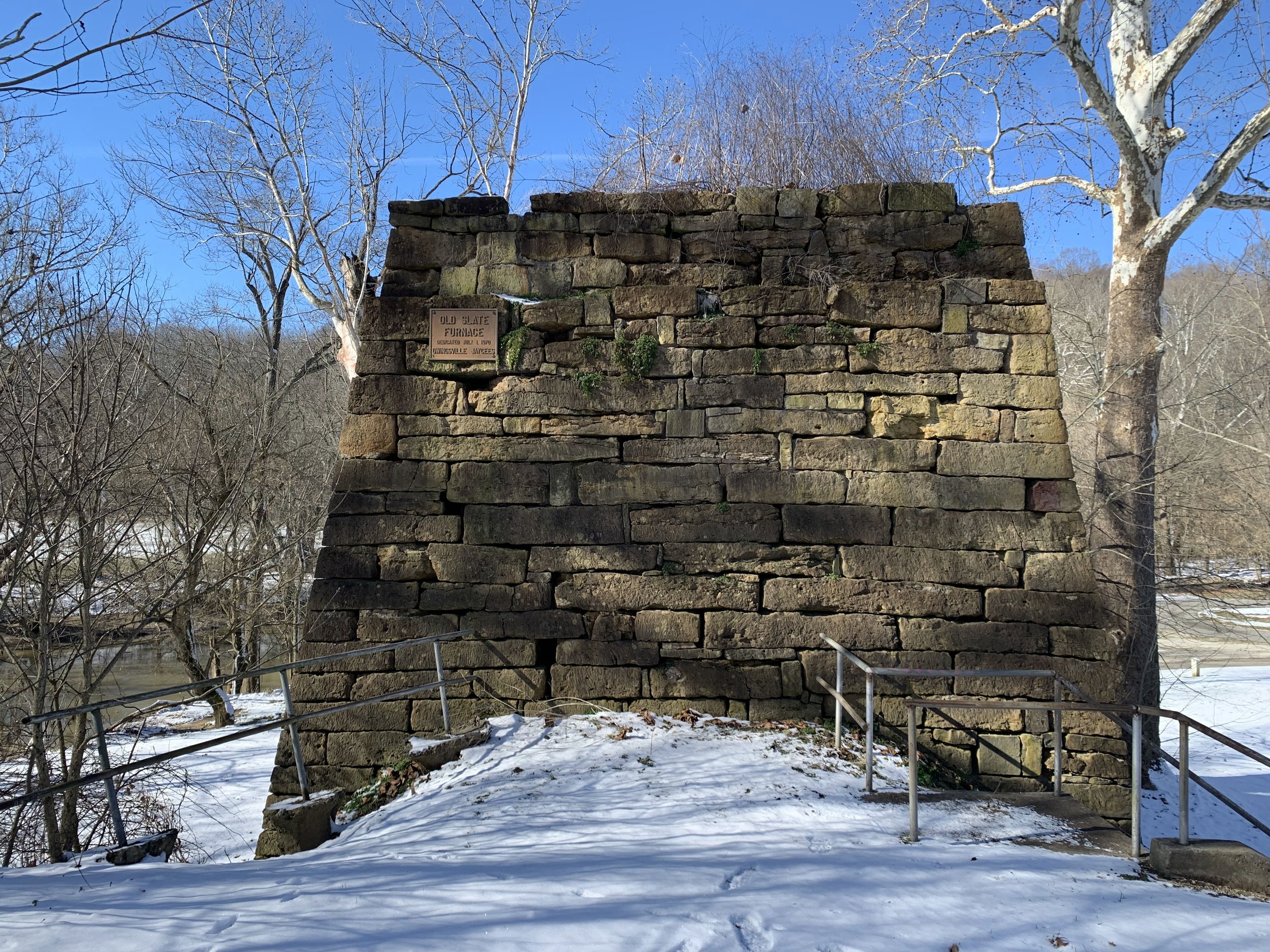
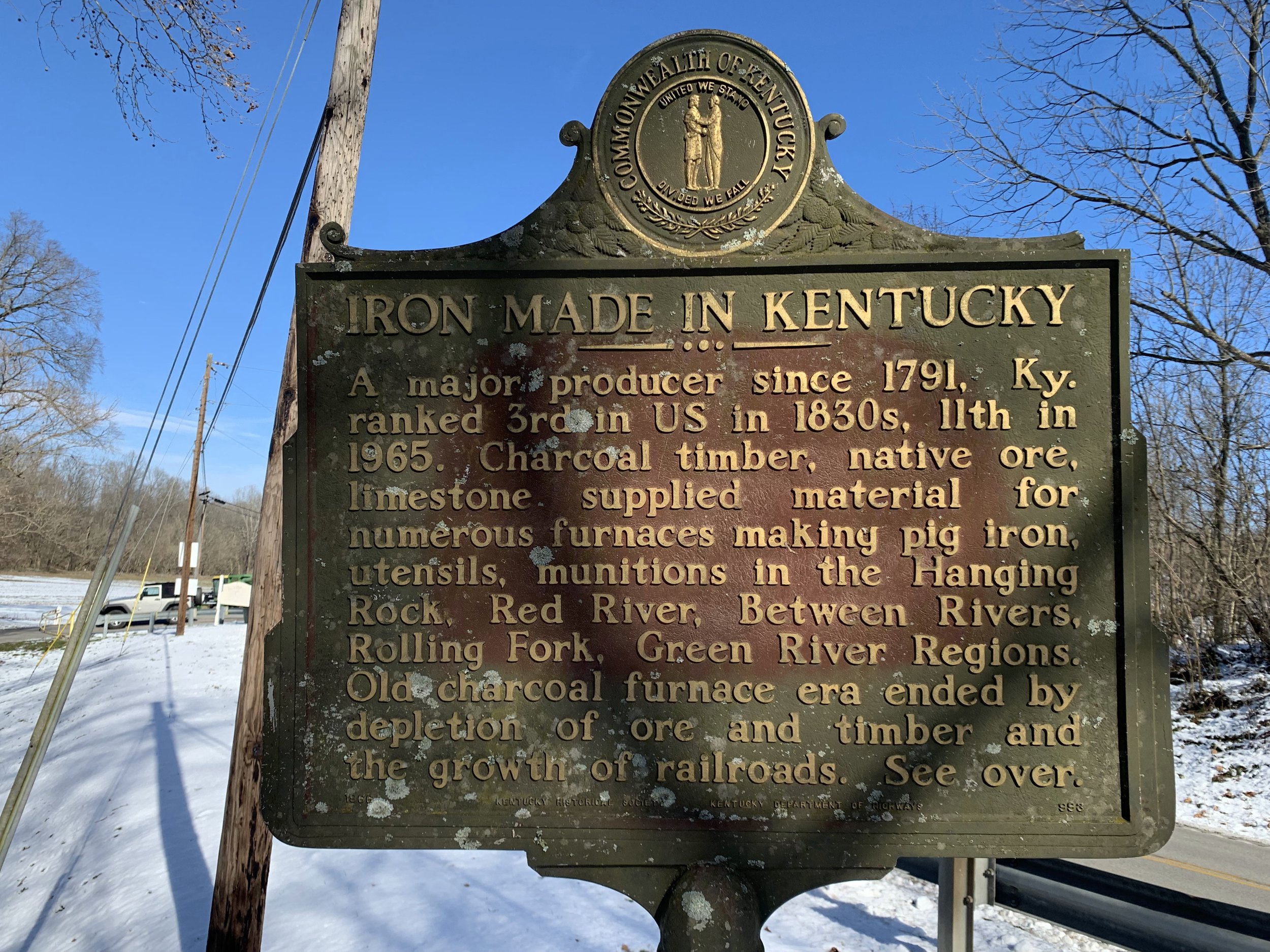
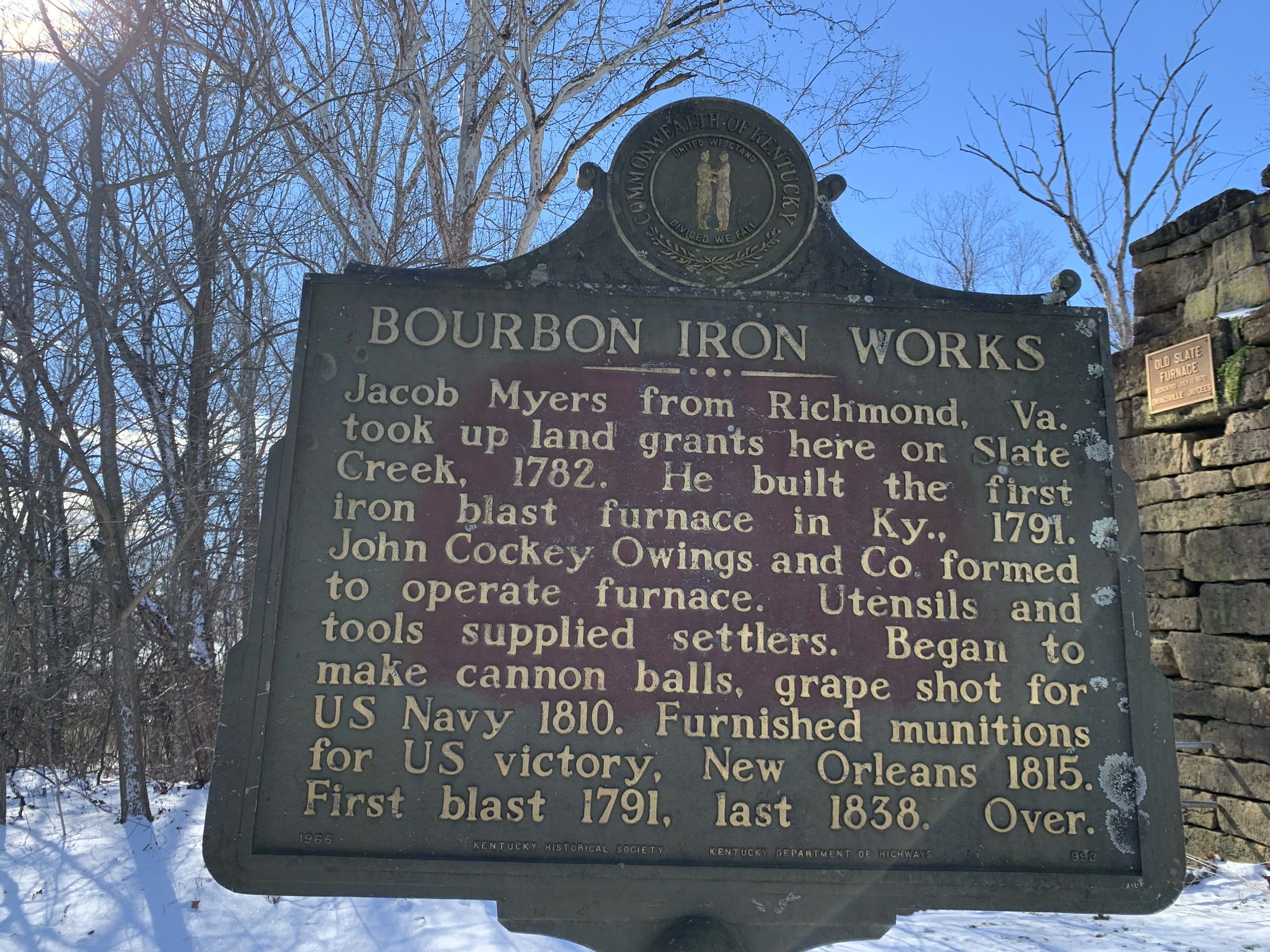
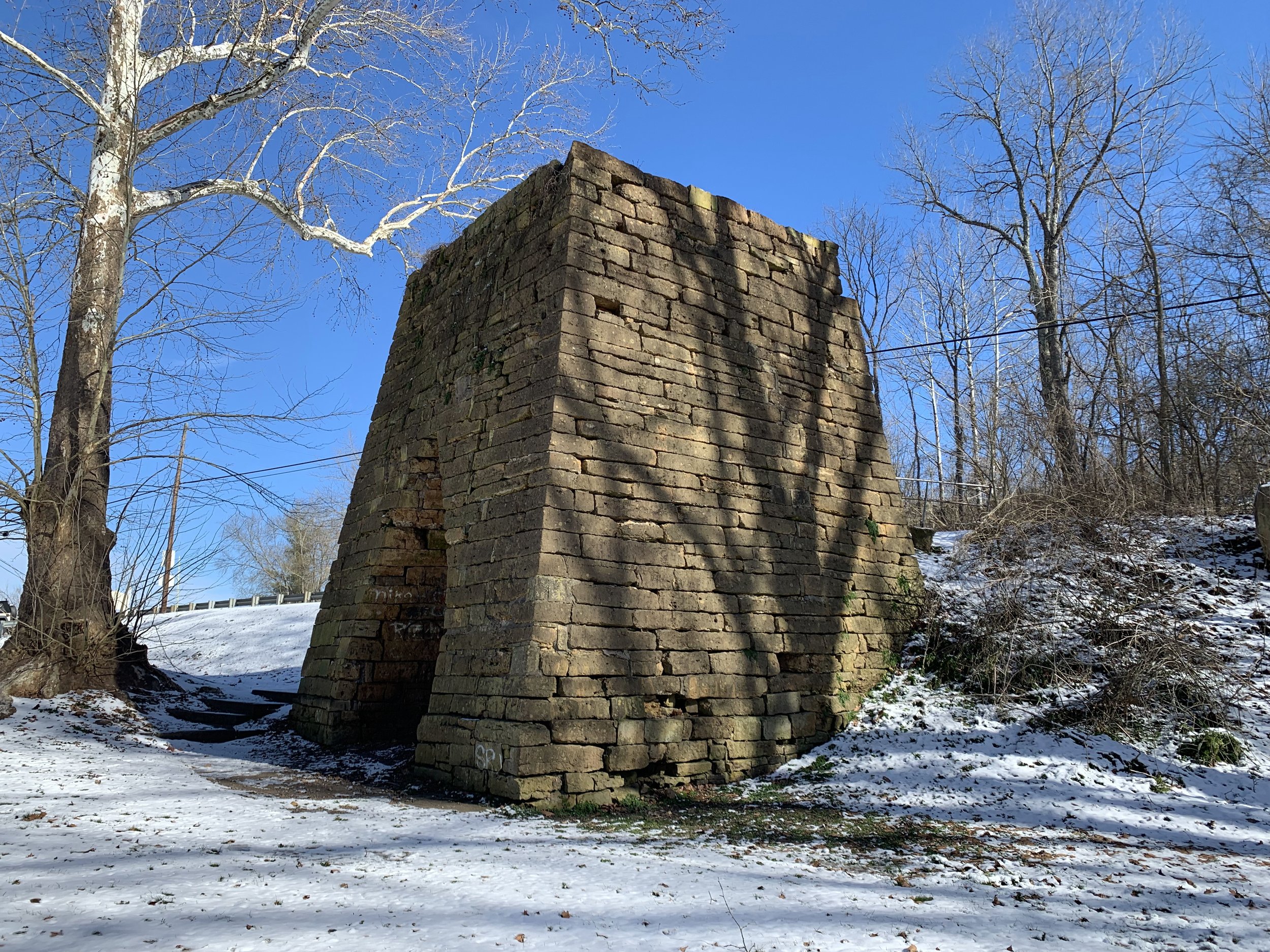
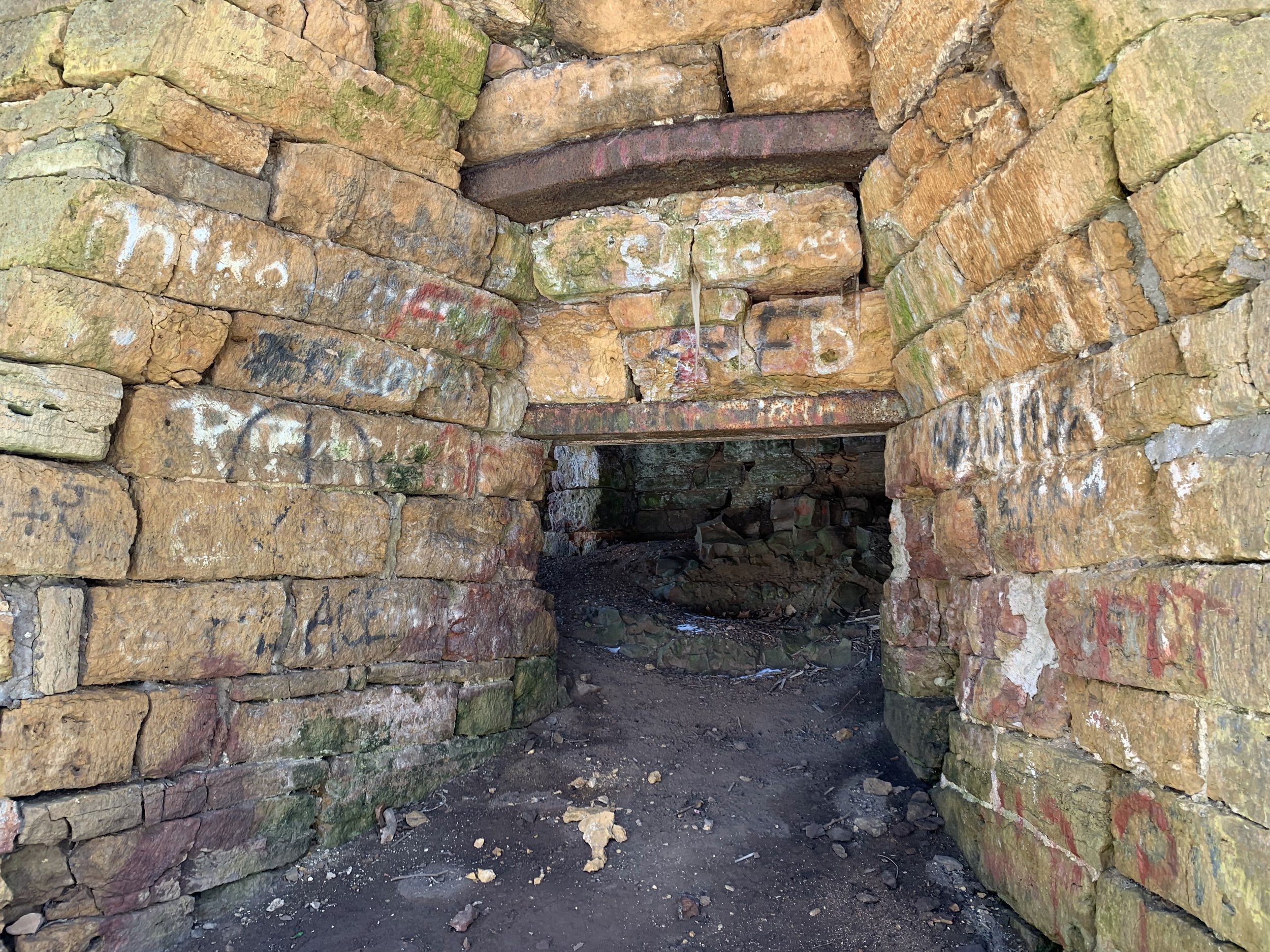
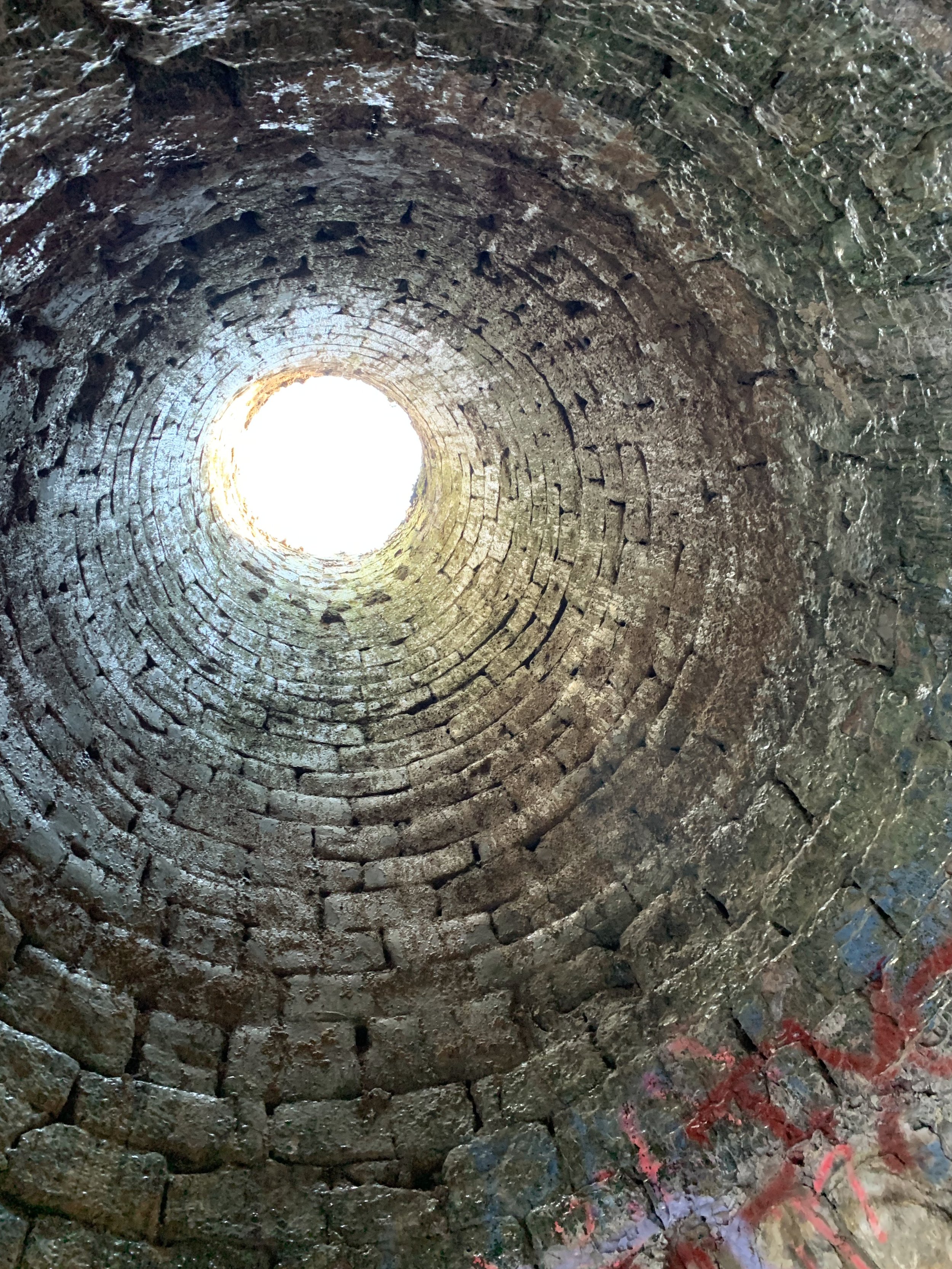
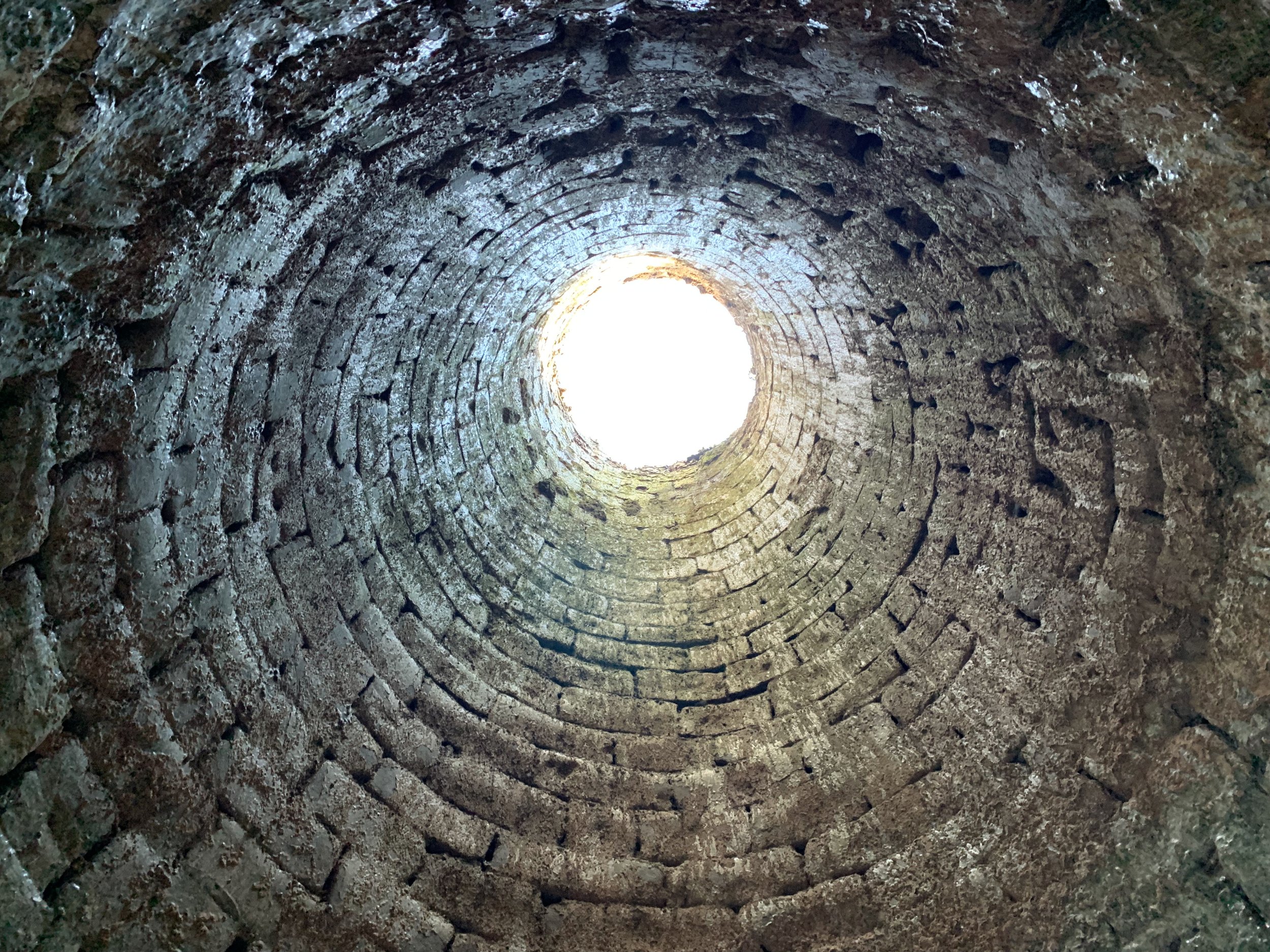
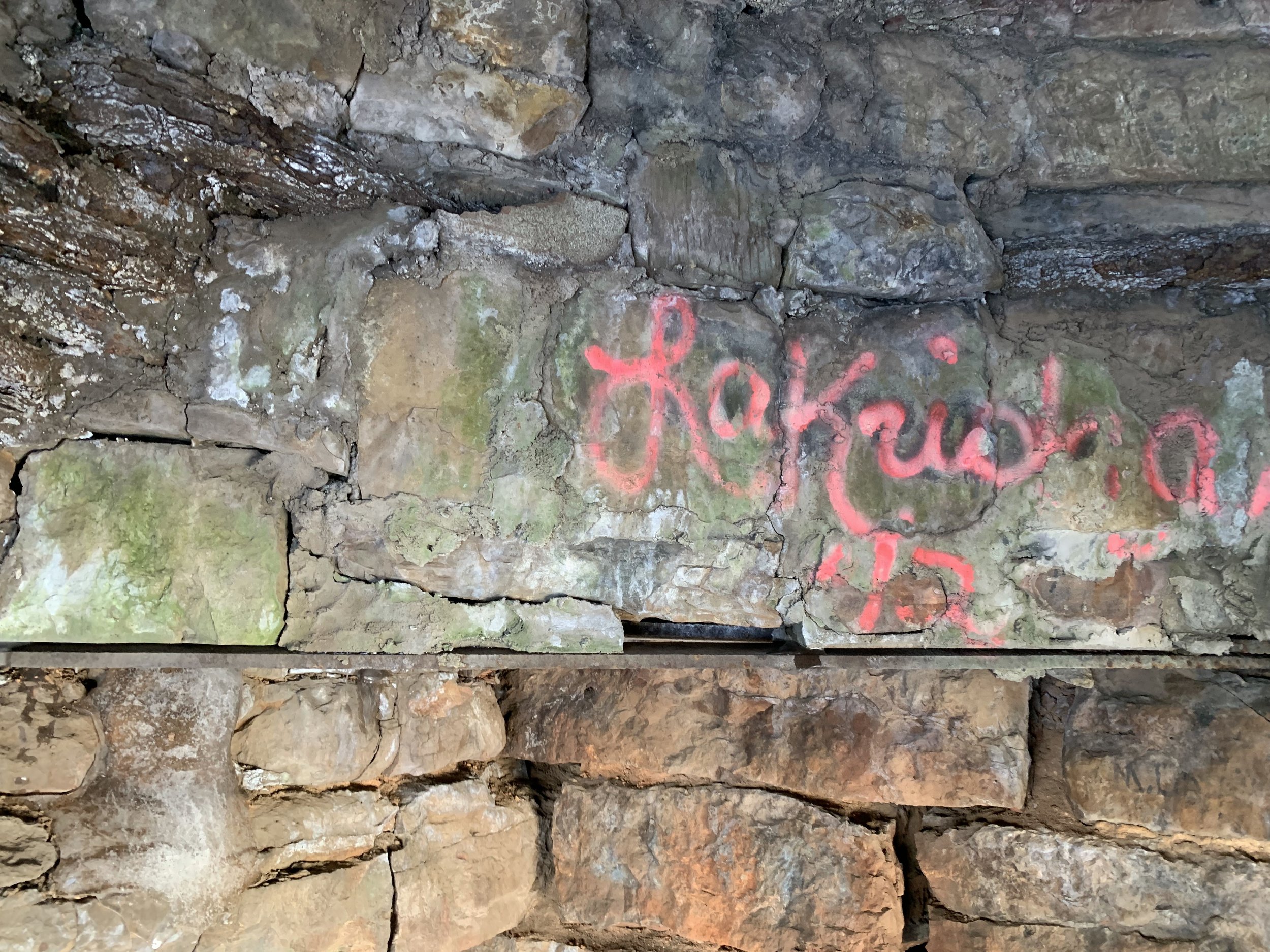
Throughout central Kentucky it is extremely common to find roads named either “Iron Works” or “Old Iron Works” road. Montgomery, Estill, Clark, Bourbon, and Fayette counties all feature such a road. Given that iron blast furnaces were very common to the region this certainly isn’t surprising, but remarkably in each of these instances the roads all refer to the same location. The “Bourbon Iron Furnace” in what is now Bath County Kentucky.
In 1782 Jacob Myers of Richmond Virginia received land grants along Slate Creek in Bourbon County Virginia (the land that would become Kentucky a decade later). Due to the presence of iron ore in the area he would ultimately build the Bourbon Iron Works in 1791, which was the first iron blast furnace in the region. In very short order the furnace was producing iron which was used to make a variety of tools for Kentucky’s early settlers.
As the iron industry in the area underwent explosive growth, a number of roads were built specifically to bring iron ore to the furnace, and carry the finished product away to the Kentucky River for transportation. In 1810 the furnace began producing cannon projectiles for the US Navy, and even supplied munitions used to help win the battle of New Orleans in 1815. . Although Kentucky had become the 3rd largest producer of iron by the early 1830’s, the Slate Creek area had exhausted it’s resources ultimately leading to the closure of the iron works in 1838.
The central and eastern regions of Kentucky are absolutely littered with the remains of these stone behemoths. These former iron furnaces stand as a testament to Kentucky’s first great industry, and remind us of the hard lives lived by the men and women who chose to tame the wild and beautiful Bluegrass State. Each furnace is a site to behold, but as the first in the region, the Bourbon Iron Works holds a truly special place in Kentucky history.
Although it’s set abandoned for almost two centuries, the Bourbon Iron Works is in remarkably good condition. It consists of a well-fitted collection of massive stones reinforced with steel, and has thus withstood the ages. Today it is the centerpiece of a small park sitting right off of state route 36 roughly 1 mile from Interstate 64. Both of it’s entrances are open, allowing visitors to enter the furnace and look up through it’s former smoke stack. There is also a staircase that will allow you to reach the upper level of the furnace. The park features ample parking, several picnic tables, and sits right up against the Licking River. Due to its proximity to Interstate 64 this is easily one of the most accessible iron furnaces in the state. It is well worth the trip for its historical significance, and offers a beautiful little park to spend a few hours at.
Want to Experience This Adventure for Yourself?:
https://goo.gl/maps/DAVzRmXdkRvR6TUB8